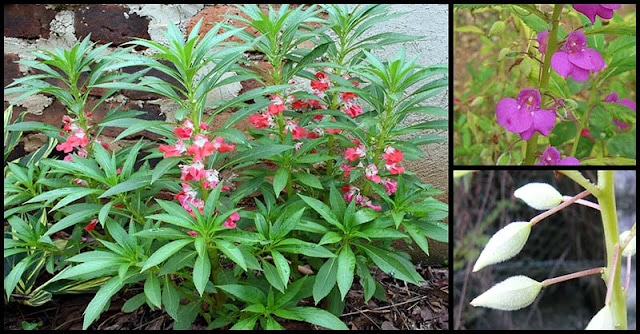Did you know that a few of your plants in your garden can save a life? These herbs and shrubs are just randomly planted because of their pretty flowers or good smell without being aware of their actual abilities.
Among these plants is Garden Balsam or Kamantigue.
Garden balsam, commonly known as Kamantigue in the Philippines, is a native from South and Southeast Asian countries belonging to the family Balsaminaceae (Touch-me-not family).
In the Philippines, this plant is considered a medicinal herb due to its ability to provide a lot of health benefits. Its leaves and seeds are edible: leaves and young shoots are cooked; the seeds, raw or cooked.
Uses Of Kamantigue:
- In the Philippines, its crushed leaves can be used as a poultice in order to dissolve whitlow.
- In China, ground seeds are recommended for hard labor in pregnant women.
- In Malaysia, kamantigue leaves are used as a bandage for torn or broken nails.
- The seed is an expectorant; used for lung cancer treatments.
- Leaf juice can be used as a treatment for warts.
- Its flowers can be used for lumbago, intercostal neuralgia, and snake bites.
- You can just simply pound the fresh plant and use it as a bandage on painful areas or bruises.
- If you suffer from painful inflammation, joint pains, dysmenorrhea, carbuncles, bruises, and snake bites, you can use the entire plant, 9 to 15 grams, or its dried flowers, 3 to 6 grams, or seed preparation, 3 to 7 grams, boil a decoction and then consume it.
- It can be used as a dye, which is obtained from its leaves and flowers. Its flowers are used as a substitute for Henna and dyeing finger-nails in some parts of Asia.
- Its leaves and roots can also be used for various foreign bodies (coins or other metals) that are unintentionally swallowed or even thorn of fish splinters. This plant is commonly used in treating poison ivy rashes in the United States.









